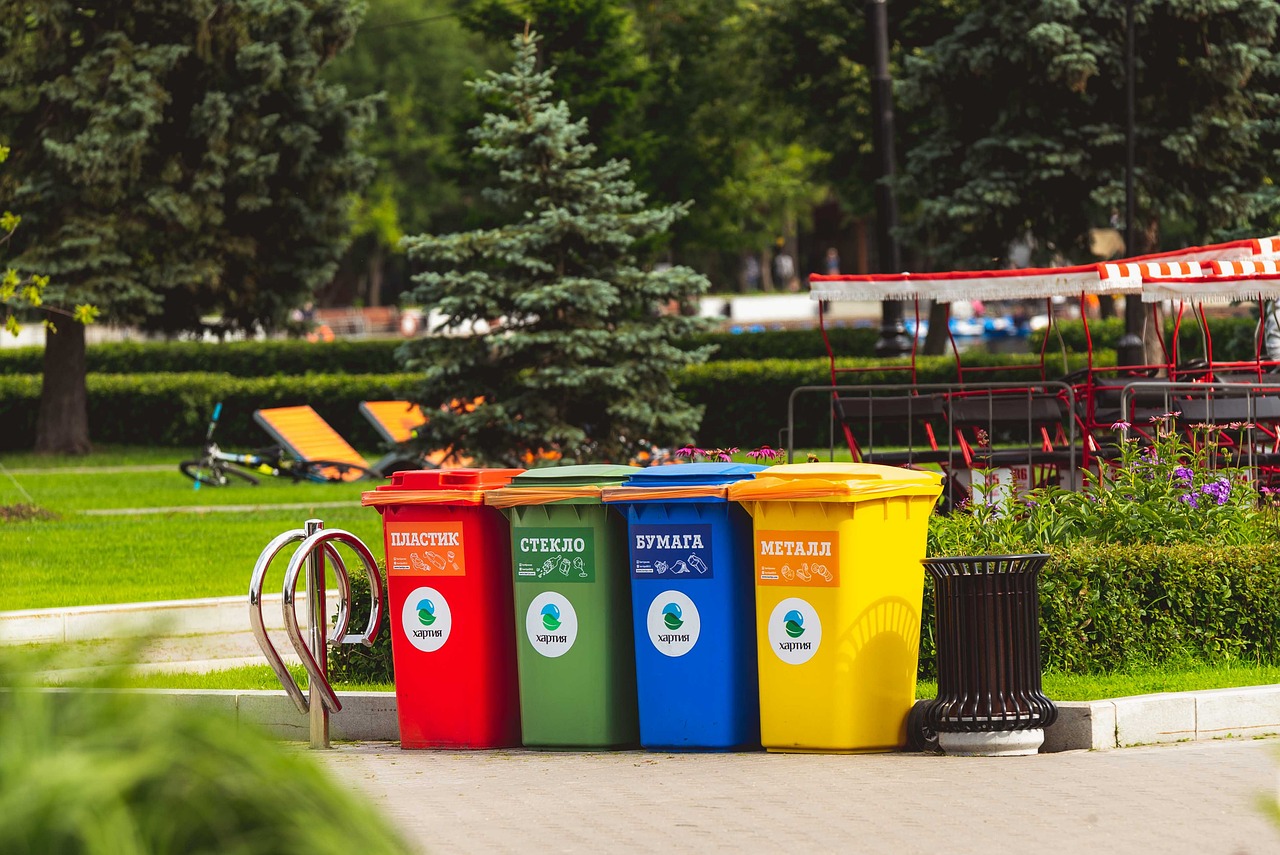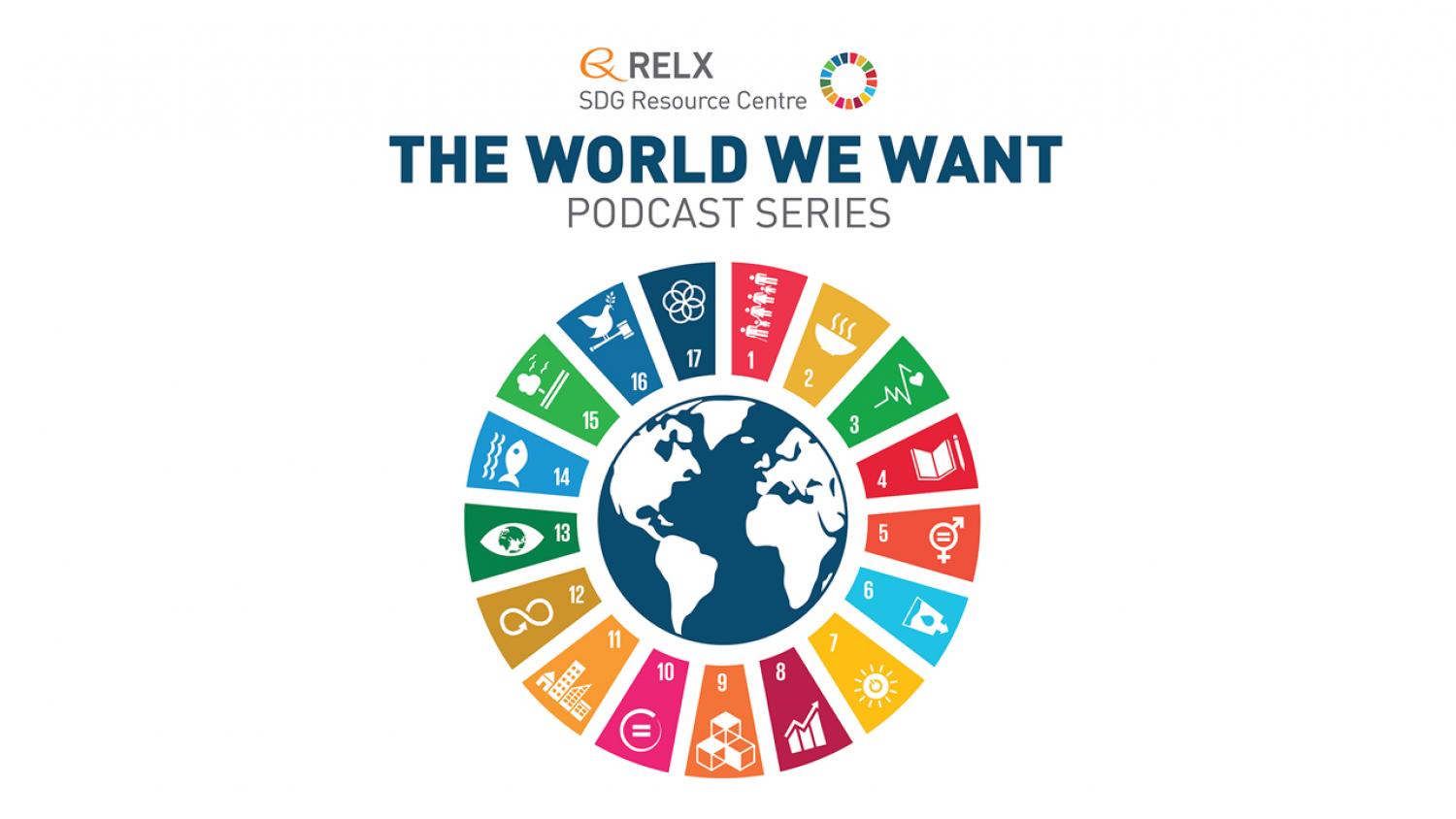Sustainable consumption and production (SCP) is at the core of the United Nations Sustainable Development Goals (SDGs), specifically addressed by SDG 12. This goal aims to "ensure sustainable consumption and production patterns," acting as a cross-cutting theme that feeds into other SDGs such as those related to climate change, poverty, health, and sustainable cities.
SCP involves using services and products in a way that minimizes environmental damage, preserves natural resources, and promotes social equity. The purpose is to decouple economic growth from environmental degradation, which means pursuing economic development in a way that can be sustained by the planet over the long term. SCP requires changes at all levels of society, from individuals to businesses to governments.
At the individual level, SCP implies making lifestyle choices that reduce environmental impact. This might include reducing, reusing, and recycling waste, choosing products with less packaging, and opting for more sustainable forms of transport like cycling or public transport.
For businesses, SCP entails adopting sustainable business models and practices. This could include improving resource efficiency, investing in renewable energy, designing products that are durable and recyclable, and ensuring fair labor practices.
At the government level, SCP involves implementing policies that support sustainable business practices and incentivize sustainable consumer behavior. This might involve regulations to reduce pollution, subsidies for renewable energy, and campaigns to raise awareness about sustainable consumption.
SCP also plays a role in several other SDGs. For example, sustainable production practices can help mitigate climate change (SDG 13) by reducing greenhouse gas emissions. Additionally, by reducing the pressure on natural resources, SCP supports the goals related to life below water (SDG 14) and life on land (SDG 15).
While progress has been made in certain areas, challenges remain in achieving the shift towards SCP. These include existing patterns of overconsumption, limited awareness about the impacts of consumption, and the need for technological innovation to enable more sustainable production.
This chapter aligns with UN SDG goals 3 and 11 by positioning plant-based eating as a positive and beneficial choice to shift public attitudes toward more sustainable food consumption.
This content aligns with SDG 7 and SDG 12: Pomegranate peels are otherwise discarded. But this chapter discusses how the waste can be converted into a clean source of renewable energy.
This content aligns with Goal 12: Responsible Consumption and Goal 13: Climate action by outlining strategies for a negative carbon footprint in raising small ruminants for meat and dairy, producing protein-rich food without harm to the environment.
The article highlights the potential of AI to support SDGs related to responsible consumption and production (Goal 12), and climate action (Goal 13).
World Tuna Day 2026: Advocating for Tuna Conservation
Observed annually on May 2, World Tuna Day emphasizes the need for sustainable fishing practices to preserve tuna stocks and safeguard the livelihoods of millions worldwide. Established by the United Nations General Assembly in 2016, the day raises awareness of the threats facing tuna populations, including overfishing, and underscores conservation efforts.
Event Overview
International Day of Zero Waste 2026: Tackling Waste for a Sustainable Future
Observed annually on March 30, the International Day of Zero Waste promotes global efforts to address the waste crisis and advance sustainable production and consumption practices. Established by the United Nations General Assembly in 2022, this observance highlights solutions for resource recovery, reducing pollution, and protecting both human and environmental health.
Addressing the Waste Crisis
Fuel Cells Technology and Electrode Materials for a Sustainable Future, Chapter 9 - Emerging materials for hydrogen oxidation reaction, Pages 155-179, 2025
The chapter supports multiple SDGs, including SDG 7 (Affordable and Clean Energy) by emphasizing the development of cost-effective, efficient, and durable electrocatalysts to advance sustainable energy technologies. It also aligns with SDG 9 (Industry, Innovation, and Infrastructure) through its focus on innovation and technological progress in materials science. Additionally, by promoting the use of non-noble metals, the chapter advocates for SDG 12 (Responsible Consumption and Production) by encouraging sustainable resource utilization. Furthermore, enhancing electrocatalysts for energy conversion processes can help reduce greenhouse gas emissions, thereby contributing to SDG 13 (Climate Action).



